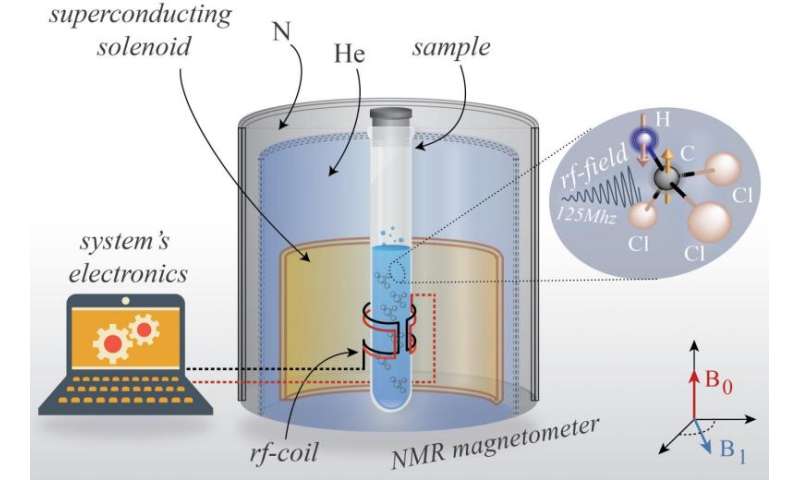Year in Review—The most important research of 2015: December

(ScienceX)—In this new monthly series, we are offering summary articles featuring links to some of the most interesting, intriguing or popular stories that appeared on ScienceX throughout 2015. This is the December 2015 edition.
In physics news, an international team of researchers confirmed thermodynamic irreversibility in a quantum system by measuring the entropy changes that occurred when they applied an oscillating magnetic field to carbon-13 atoms in liquid chloroform. Another team at Penn State University investigated an unusual form of quantum mechanics—it is called nonassociative quantum mechanics, and the group developed a method to obtain a physical understanding of it. And a small team of researchers from Spain, the U.K. and Germany proved that an underlying fundamental quantum physics problem is unsolvable—it concerned the spectral gap and the new work showed that there are limits to using mathematical extrapolation in the search for superconductors that work at room temperature. There were also new results from the world's most sensitive dark matter detector—workers on the LUX experiment in South Dakota added new technology that has dramatically improved the sensitivity of the detectors.
In other news, President Obama signed new legislation that allows for commercial mining on the moon and asteroids, leading some to suggest that the new law could spark an interplanetary gold rush. Also, a team studying fossils found in China claimed that one bone suggested that the 'Red Deer Cave people' were a mysterious species of human. And an international team of astronomers found a detailed record of a mysterious fast radio burst that was reported nearly a decade ago and found evidence that it might have come from a highly magnetized region of space. A team with members from several academic institutions in the U.S. reported that they had created an exceptionally strong and lightweight new metal that could prove useful for a variety of applications, including in aircraft, cars and mobile devices.
In medical news, a team of researchers working at Yale University found that cannabis increases the noise in your brain, or at least bumps up random neural activity that the team suggests could play a role in causing psychosis-like effects. Another team conducting clinical trials at Houston's Methodist Hospital found that one type of suicide gene therapy killed prostate tumor cells—the cancer cells were genetically modified, causing the immune system to attack.
The January 2015 edition of our Year in Review series can be read here.
The February 2015 edition of our Year in Review series can be read here.
The March 2015 edition of our Year in Review series can be read here.
The April 2015 edition of our Year in Review series can be read here
The May 2015 edition of our Year in Review series can be read here
The June 2015 edition of our Year in Review series can be read here
The July 2015 edition of our Year in Review series can be read here
The August 2015 edition of our Year in Review series can be read here
The September 2015 edition of our Year in Review series can be read here
The October 2015 edition of our Year in Review series can be read here
The November 2015 edition of our Year in Review series can be read here
© 2015 Phys.org